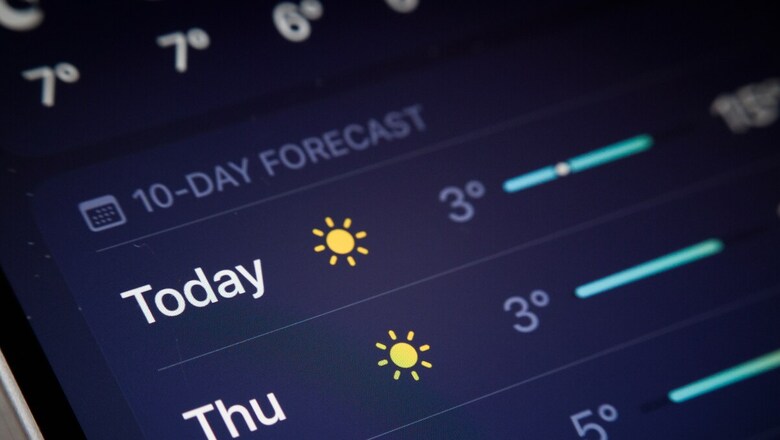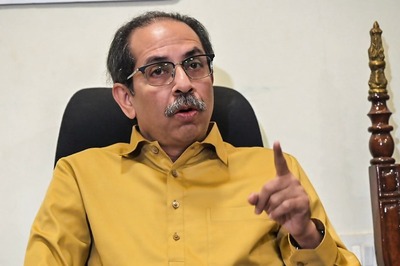
views
The India Meteorological Department (IMD) is all set to unveil a new mobile app called ‘Mausam’ to bring GIS-based weather forecasts for the country and sub-city forecasts for 150 cities. This is part of the weather agency’s big digital push ‘Har Har Mausam, Har Ghar Mausam’ as it enters the 150th year of its foundation.
“We want to reach out to the common man, and provide updated information for all kinds of weather events at all locations at all times. So anywhere you click on the map, you can get all weather updates. We have covered all the pin codes, and provided sub-city forecasts for as many as 150 cities including Delhi,” Director-General of Meteorology (DGM) Dr M Mohapatra told News18.
So far, the weather department issues forecasts through multiple apps – Damini for lightning alerts, Meghdoot for crop-specific advisories. The challenge was however, to bring it at par with global standards, and make it user-friendly. The new app would provide a 24-hour daily forecast for up to seven days.
The app will allow people to add current weather observations in their areas which will eventually help IMD improve its Nowcast issued every few hours. “We have developed Application Programming Interface (APIs) for the mobile apps, and provided it to all the state governments. It should be at par with global standards,” he said, adding that IMD is also open to public-private partnership to disseminate weather information.
GEARING UP FOR A WARMING WORLD
The IMD also plans to amp up its observational network across the country in wake of the increasing challenges posed by extreme weather events. 2023 was the second-warmest year on record for India with the annual average warming of nearly 0.6℃, and marked by disastrous monsoon floods in several states, record summer heatwaves, and rapidly-intensifying cyclones.
“We have seen some of the warmest years in the last two decades. The trends are in agreement with what we are witnessing globally. But the tropical weather makes India more vulnerable to high humidity and heavy rainfall events, which are clearly on rise both in terms of intensity and frequency as we have seen during monsoons,” he added.
Apart from a research test-bed in Bhopal to study heavy rainfall events during the monsoon, the department is also working to improve the resolution of global weather prediction models from 12km to 5-6km. “We are in the process of procuring high power computing systems. We have 10 petaFLOPS, and are going for at least 30 petaFLOPS. The regional models run at 3km resolution, and we are trying to bring it down to 1 km,” he added.
According to the IMD DG, the department has improved the forecast accuracy for all types of severe weather events by about 50% in 2023 as compared to 2014. The 24-hour forecast accuracy for heavy rainfall is about 80%, thunderstorm 86%, heat wave and cold wave about 88%, he said.
IMD’s observational network now consists of about 200 Agro-Automated Weather Station (AgroAWS), 806 automatic weather stations, 1,382 automatic rain gauges, 83 lightning sensors along with 63 pilot balloon upper air observation stations apart from INSAT 3D/3DR dedicated weather satellites providing cloud imagery every 15 minutes.




















Comments
0 comment